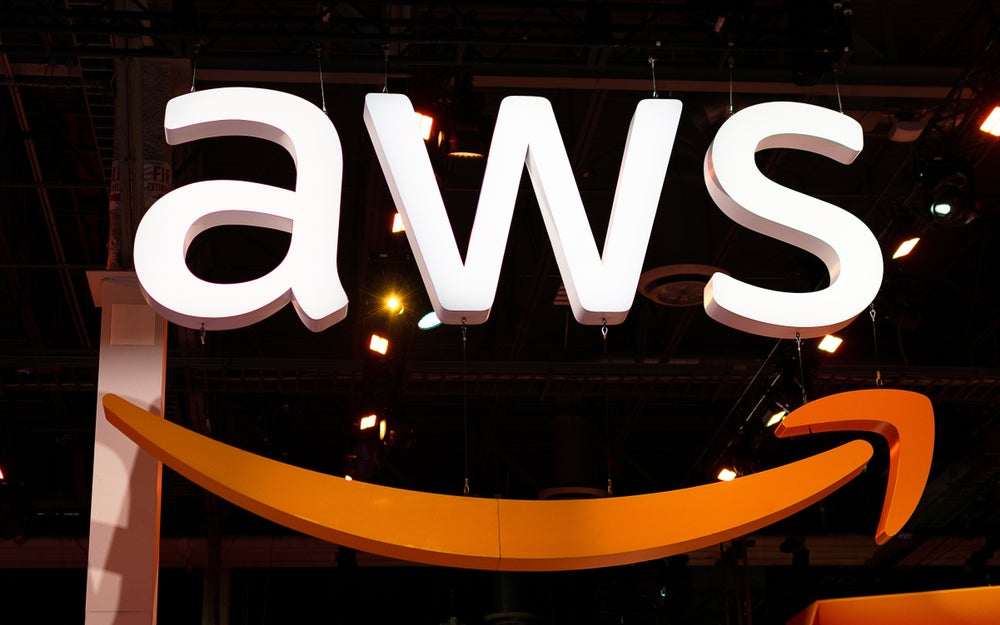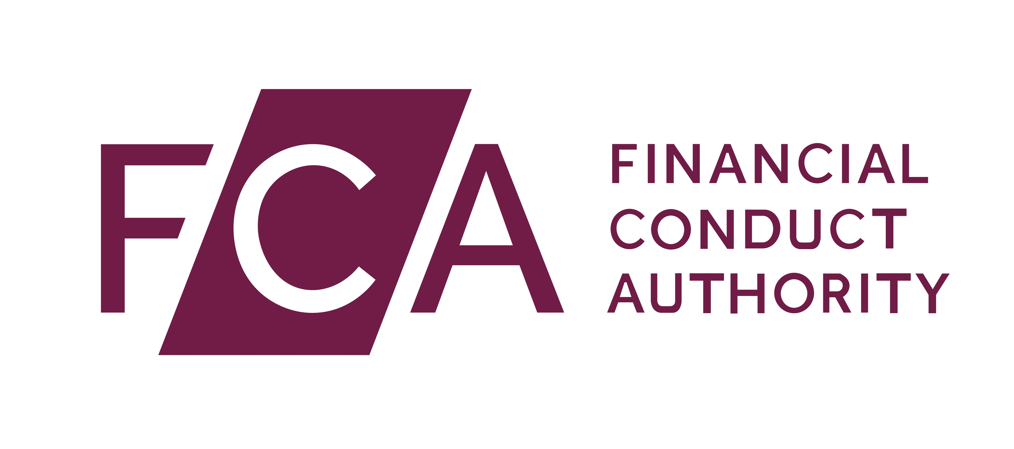While the credit crunch is definitely hurting some, the leasing
industry is witnessing something akin to ‘seeing the light’ as
lessees open their eyes to the importance of IT equipment asset
management and leasing options. Paul Collett reports.
Although maybe not of biblical proportions, the current global
economic climate is not looking good. Citing tighter credit
conditions, the World Bank notes in its Prospects for the global
economy report that the slowdown in the US and in much of Europe
has intensified since the end of 2007, with GDP for high-income
members of the OECD projected to slow a full percentage point in
2008.
To add to the woes of the UK’s financial markets, Bank of
England deputy governor Sir John Gieve resigned in late June. Gieve
had been accused of neglecting his duties during the collapse of
Northern Rock, the Newcastle-based mortgage lender that ran out of
money last autumn and was subsequently bailed out by the Bank of
England before being taken over by the government to the tune of
£100 billion of taxpayers’ money. The 58-year-old was responsible
for the stability of the financial markets.
As the economic belt tightens there is a lack of liquid capital,
bringing the bottom line into sharp focus. And when you consider
some £17m a year – according to KPMG – is being lost by UK
companies that have neglected to implement best practice-asset
management (ITAM) strategies, organisations now have to take a hard
look at their IT assets and how they manage and finance them
effectively.
Organisations also have to comply with regulations such as Basel
II and Sarbanes- Oxley, and the requirements to furnish
shareholders and regulators with accurate records of IT assets for
financial controlling and information security in accordance with
the leasing agreement.
“Before underwriting a lease we make an initial assessment of an
organisation’s asset management in trading, profitability and
ability to identify and control trends in asset utilisation and/or
values of a customer’s business,” says Matt Bowyer, head of asset
management at Barclays Asset and Sales Finance.
How well do you really know your competitors?
Access the most comprehensive Company Profiles on the market, powered by GlobalData. Save hours of research. Gain competitive edge.

Thank you!
Your download email will arrive shortly
Not ready to buy yet? Download a free sample
We are confident about the unique quality of our Company Profiles. However, we want you to make the most beneficial decision for your business, so we offer a free sample that you can download by submitting the below form
By GlobalData“In circumstances where we assess this issue to be critical,”
Bowyer continues, “we would expect to see sound evidence of good
asset management being practised, and an experienced team of
customer auditors would be utilised to follow through the audit
trail.“
Evidence of all necessary monitoring and controls procedures
would form part of the overall risk assessment of any lending
proposition, says Bowyer. “The risks associated with any potential
economic downturn would be factored into the risk assessment.
Systems would also be put in place to monitor compliance and ensure
action if a significant downturn affecting trading or profitability
should occur.”
Downturn
However, the downturn has thrown up some positives in the
industry. “For sure,” says Kevin Cleary, general manager of
worldwide global asset recovery services (GARS) at IBM Global
Financing, “we’re experiencing increased activity as the crunch
bites and end users look to operational leases to free up cash flow
for other parts of their operations, while enabling them to
maintain and upgrade business critical IT equipment. There is also
a spike in new business, again to free up cash flow.”
But, says Cleary, ITAM competency in organisations is a mixed
bag. “It really is a lottery; there is no rule of thumb, whether
that’s a big bank or an SME. Some have multi-platform legacy
systems with poor functionality, security and compliance. Some use
bar coding to track assets. Other organisations have implemented
secure single- platform next-generation transparency enablers
whereby leases, loans and wholesale/ inventory finance are all
managed from a single visible platform, which operationally is what
you want.”
Systems
Jon Davies, country manager UK at 3 Step IT, agrees, adding that
implementing an ITAM system requires investment and involvement
throughout the organisation with an element of re-engineering and
integration. “The trick is to make the transition as smooth and
painless as possible through flexible leasing and finance
solutions. Ease of maintenance is also an important factor. In the
past nobody wanted to laboriously maintain and update data on an
unwieldy and often inaccurate off-system spread sheet.
Next-generation platforms are secure and simple to use while
software applications can be accessed online or on disk. And if
needs be, the data can be accessed and tracked by lessors.”
But there are issues surrounding software, primarily around
European standardisation. “This is the Holy Grail,” says Steve
Paterson at leasing software company International Decision
Systems. “No one has yet written a pan-European solution, primarily
due to differing tax, VAT and lease status.”
For any organisation, IT is business-critical. The hardware,
software and other advanced technology on, or connected to,
desktops and data centres and so on, constitute a significant
proportion of budgets: an enterprise’s IT estate can often account
for 50 per cent, according to Forrester Research.
“In a distributed computing environment most enterprises’ IT
assets are decentralised,” notes Cleary. “Knowing how many assets
you have, which are owned, leased or licensed, where they reside,
who is responsible for them, what the current financial obligations
are for each asset and refresh schedules, are all key to an ITAM
strategy.”
These parts have to work together, continues Cleary, to share
information to provide a complete and transparent overarching
picture of an organisation’s IT assets. “However, inconsistent
input of standard asset descriptions and locations is a common
problem with legacy systems. Next-generation technology systems use
predefined, parameterised asset catalogues during the originations
process, acting as a visual record of the asset
description.”
Accurate data, stresses Cleary, “is the foundation for your
solution’s capability to yield information that supports tactical
decision making and optimisation of IT assets throughout the life
cycle and, ultimately, achieve ROI”.
IBM sets aside $100m per annum to develop and provide end users
with software tools to asset manage in-house – free of charge. The
software manages the entire lease cycle with information on
everything from the serial number, make and model and install date,
to payment plan and refresh date.
This may sound truly altruistic, but Cleary is candid: “The
service is a key differentiator – a value add for us to compete on
a global scale and leverage the sale of our leases,” he says. The
tool also heightens clients’ understanding of their IT strategy;
they buy in when it comes to maintenance schedules, upgrades and
new products. They are cycle-integrated rather than isolated, which
can result in downtime.”
Kyoto
The validity of the Kyoto Agreement will continue to be debated,
but in some green circles the US’s decision to opt out will forever
remain unforgivable. So it falls to market forces to drive the US
into a tree hugging frenzy.
Corporate social responsibility (CSR) has been on the European
agenda for a lot longer than the US’s, points out Davies. “Take the
Waste Electrical and Electronic Equipment directive, for example,
which restricts the amount of electronic waste going to landfill.”
Although, he concedes, there are some important aspects of the
standard to be ratified, such as who is responsible for the
collection and disposal of retired IT equipment.
“Presently most operating contracts stipulate the lessee is
responsible for returning equipment at end of lease. We operate a
value-added refurbishment process, which in essence means we find
new homes for hardware before eventually recycling the parts in a
secure and environmentally friendly manner,” says Davis.
“True, we are behind environmentally,” says Cleary, “but CSR is
really hitting us over here now too. However, IBM has had an
aversion to disposal for 20-odd years; just 1 per cent goes into
landfill.
“Looking at what we do at GARS – i.e. asset recovery – this is
where we generate value in the lease – the back end. We know the
used equipment market and the value of refurbishing,
re-manufacturing and upgrading, which continues to realise
value.”
He adds: “We don’t write down any of our assets. We operate a
margin of 47 per cent and grossed $1.4bn through leasing and resale
last year, that’s ROI of 26 per cent.”
Zero-rated
However, adding value to a zero-value product, says Steve
Taplin, associate director of sales and marketing at software
solutions provider CHP Consulting, is not as prevalent in the UK
market as overseas.
“Although margins are tight, some financiers simply rely on them
and write down used IT equipment when the operational lease has run
its short course. In the US and Europe, refurbishment and component
cataloguing are used to greater effect to leverage further value
from parts.
“This is somewhat short-sighted of those UK firms, and they’ll
have to change. It all comes down to competitive advantage and
market share.”
Davies agrees to an extent, but points to the number of
partnerships in the finance industry being formed as a positive
move forward. “We have recently partnered with HSBC IT Finance. The
bank views IT investment as an unsecured transaction but realises
the value of compliant asset management. By outsourcing, HSBC can
target the market more effectively, derive value from retired
equipment and refresh while satisfying its CSR programme.”
Operating in a depressed economic climate means organisations,
more than ever, have to be compliant, operate efficiently and have
access to capital.
That technology providers are rolling out transparent,
next-generation platforms that also enhance performance is good
news for the finance industry. Adoption of the aforementioned
provides jittery financiers with the controls needed to underwrite
investment in IT equipment.
Keeping these balls in the air may well stave off a long and
painful recession, as more nimble companies are better prepared to
ride the wave thanks to streamlined business processes and
efficiencies.







